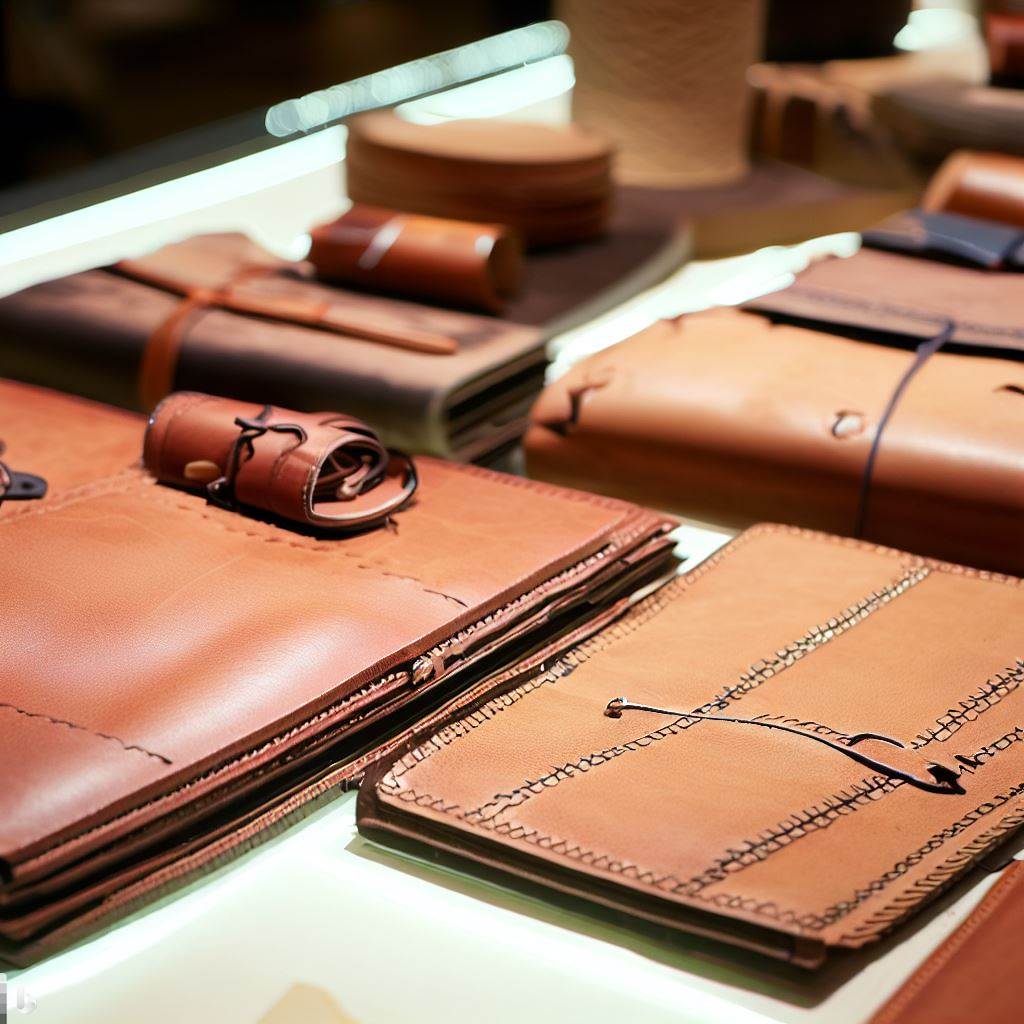The Leatherworking Community: A Supportive Network of Crafters
Introduction
While leatherworking involves solitary time crafting, its passionate practitioners worldwide also form a tightknit community full of camaraderie. From online forums to local guilds, these social bonds provide invaluable knowledge sharing, inspiration, and encouragement fuelling the contemporary leatherworking renaissance.
In this article, we explore the many ways leatherworkers connect, cooperate, and support one another’s development through community. For newcomers and veterans alike, these maker networks build skillsets, confidence, and meaningful relationships with fellow leather enthusiasts. Joining the welcoming leatherworking community enriches the craft.
Online Leatherworking Communities
Digital platforms enable leather crafters to unite in helpful online groups transcending geography. These virtual spaces make learning accessible to all.
Social Media Groups and Forums
On Instagram and Reddit, hashtags like #leathercraft connect over 175,000 makers to share tips, showcase creations, and find collaborators. The online community feels both global and personal.
Video Sharing for Tutorials
YouTube, TikTok, and specialty channels like MakerSupply share free leatherworking video tutorials for techniques like sewing, carving, or finishing. Generous creators disseminate knowledge worldwide.
Equipment Reviews and Recommendations
Google searches easily reveal leatherworkers reviewing tools and materials like eco-friendly tannages or adjustable stitching chisels. Shared wisdom helps newcomers invest wisely.
E-commerce Marketplaces
Websites like Etsy and leatherworker.net feature thousands of specialty leather supply shops and custom makers happy to provide guidance and unique goods not found elsewhere. Purchasing supports artisans.
Local Leatherworking Guilds
While the digital world connects leatherworkers remotely, local hands-on guilds also unite regional crafters for invaluable in-person events, learning, and networking.
Classes and Workshops
Guilds organize beginning workshops for basics like wallets or moccasins along with master classes on advanced techniques like filigree tooling. Studying alongside fellow leather enthusiasts creates bonds while advancing skills.
Shared Studio Spaces and Equipment
Some guilds maintain communal workshop spaces with expensive tools and machinery members can utilize for independent or collaborative leather projects without needing personal equipment. Passion unites hobbyists and professionals.
Exhibitions, Pop-up Markets, and Faires
Guilds host public events like leathercraft pop-up markets allowing members to showcase and sell quality goods. Community commerce, conversations, and camaraderie thrive at these lively gatherings.
Field Trips and Industry Visits
Arranging visits to tanneries, saddleshops, and other regional leather businesses provides insightful firsthand learning about production methods. Seeing masters at work inspires.
Global and Regional Leatherworking Conferences
Large-scale leather industry conferences convene crafters worldwide to exchange ideas, display talents, and expanding perspectives.
World Leather Congress
Organized by the International Council of Tanners, this premier biennial global leather convention attracts thousands for conferences, awards, and exhibitions on technology, sustainability, trends, and more within the vast leather trade.
Feira do Couro or Encontro de Selleiros
Latin America’s major annual leather fairs occur in Brazil and Argentina, highlighting regional equestrian gear and cattle culture. Gauchos parade elaborately hand-tooled saddles and demonstration horseback feats of skill.
All China Leather Exhibition
As one of the world’s leaders in leather manufacturing, this enormous Chinese trade fair exhibits the latest in leather technology and products across 15 exhibit halls. But small artisanal makers still attend alongside industry giants.
Annual Leathercraft Conferences
In North America and Europe, large guilds host multiday leatherworking conferences featuring demonstrations, classes with master artisans, material suppliers, and networking socials to immerse in all things leather.
Specialized and Niche Leather Communities
Within the wider leatherworking world exist micro-communities around specific craft forms and cultural niches.
Custom Saddlers and Equine Groups
Equestrians passionate for quality tack unite in active forums like The Custom Saddlers Society to share saddle techniques, innovations like flex trees, and admire creations. Regional saddlemaker guilds abound too.
Leather Archives and Conservation Circles
Specialist museums like America’s Leather Archives, museums, and research libraries attract those fascinated by leather’s cultural history. Discussing preservation unites hobbyists, collectors, and academics.
Alternative Leather Communities
The vibrant leather culture among bikers, fetishists, and kinksters bonds specialized groups. Pride events like Folsom Street Fair center celebrations of leather’s symbolic identity significance. Shared orientations, interests, and symbols unite.
Regional Heritage Groups
Enthusiasts for traditions from Sámi duodji reindeer leathercraft to Indonesian shadow puppetry help sustain endangered ancestral leather techniques through dedicated online knowledge sharing and meetups. Maintaining heritage matters most.
Benefits of Engaging with the Leather Community
Veteran leatherworkers emphasize how community involvement enhanced their personal development and professional opportunities in countless ways.
Troubleshooting andFeedback
Posting works in progress online allows receiving constructive suggestions for improvement from hundreds of experienced makers. Their insights help unstick tricky trouble spots.
Discovering Inspiration and Innovations
Seeing fellow crafters’ novel creations online and in-person sparks fresh ideas to explore in one’s own work. Community exposure challenges comfort zones.
Gaining Visibility and Sales
Engaging on Instagram often gains new custom clients drawn to an artisan’s novel style or leather niche. Participating in craft faires expands customer bases. Camaraderie benefits careers.
Spreading Passion for Leatherworking
Seasoned makers view instructing new generations in person or via video as essential for passing forward cherished leatherworking traditions with integrity. Community perpetuates craft.
Conclusion
While leatherworking first arose from prehistoric hunters repurposing worn animal skins out of lone necessity, today a thriving international community propels leathercraft forward out of shared passion. This exchange of knowledge, ethics, and enthusiasm within the maker network enriches the lives of participants in return. Through community, mentors find purpose, newcomers find direction, and leatherworking culture continues evolving cohesively thanks to cooperation and support. Everything needed to learn and excel resides within the collective wisdom and goodwill of the worldwide leatherworking community. Those who ambitiously enter its welcoming embrace will soon find their place among fellow kindred spirits happily united by a common love for leather’s enduring magic.
